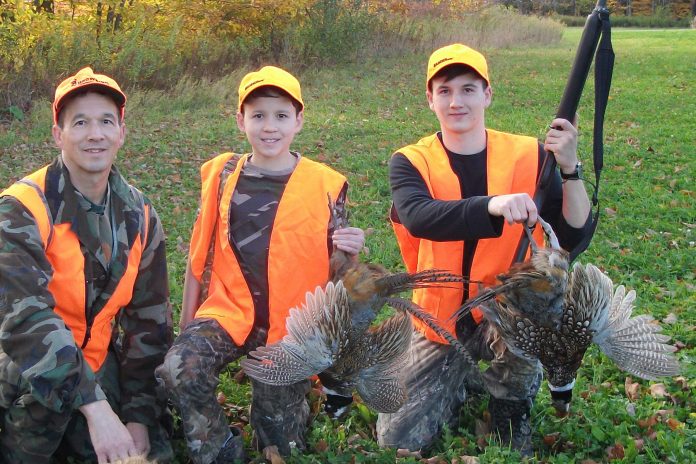On March 20, staff at the Richard E. Reynolds Game Farm near Ithaca, New York noticed several dead pheasants while making routine rounds for monitoring and feeding. The birds were tested, and the cause of death has since been determined as Highly Pathogenic Avian Influenza (HPAI)—a deadly respiratory disease that’s been killing both wild and domestic birds in the United States in unprecedented numbers in recent years. According to the New York Department of Environmental Control (NYDEC), the entire breeding flock of some 6,600 pheasants is being “depopulated to prevent the spread of the disease.”
HPAI swept through and killed at least 500 pheasants at the breeding facility before officials with NYDEC, the New York State Department of Agriculture and Markets (AGM), and the United State Department of Agriculture (USDA) began proactively culling the birds, NYDEC said in a recent press release.
The culling is part of what the state agency called standard HPAI response protocols. “Birds from the flocks will not enter the food system,” the press release stated. “As part of existing avian influenza response plans, AGM and USDA are working jointly on additional surveillance and testing in areas around the affected flock.”
The Reynolds Game Farm is New York’s only pheasant rearing operation. Opened in 1927, the facility is owned and operated by the NYDEC’s Bureau of Wildlife. It supplies pheasants state-wide for stocking on both public and private lands.
The stocking program is critical to the overall health of New York’s pheasant populations. Without it, the state would not have enough birds to support viable hunting opportunities, the NYDEC said on its website.
Related: Montana Fish, Wildlife & Parks Votes to Approve Controversial Pheasant Stocking Program
The farm supplies 30,000 adult pheasants for annual stocking on over 100 NYDEC-managed properties throughout the state. Pheasant hunting is one of the most popular small game opportunities in Upstate New York, with up to 23,000 hunters harvesting upwards of 50,000 birds each fall, according to NYDEC.
Seasons kick off in early October and extend through late February in some parts of the state, with a daily bag limit of up to two birds. In an email to Syracuse.com, the NYDEC said it’s still evaluating all of its options for the upcoming 2023 fall pheasant hunt in light of the bird flu outbreak and subsequent culling.








